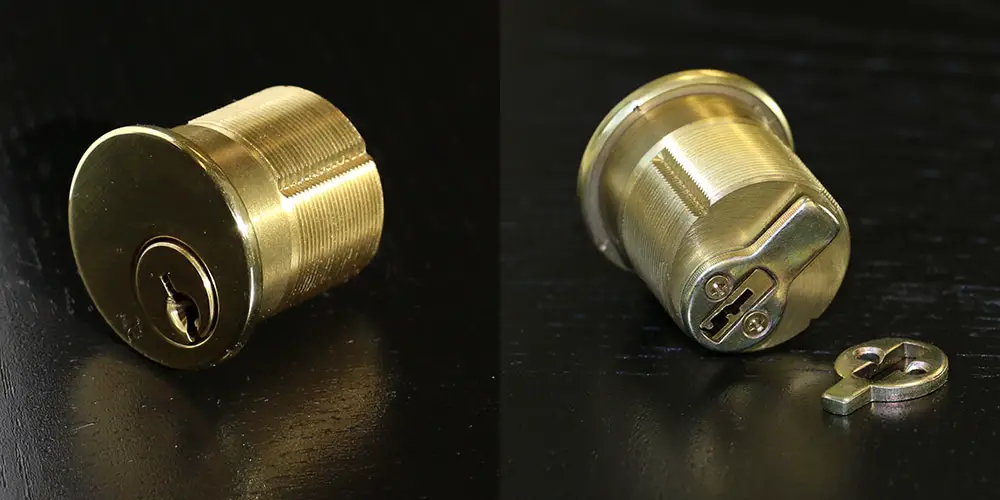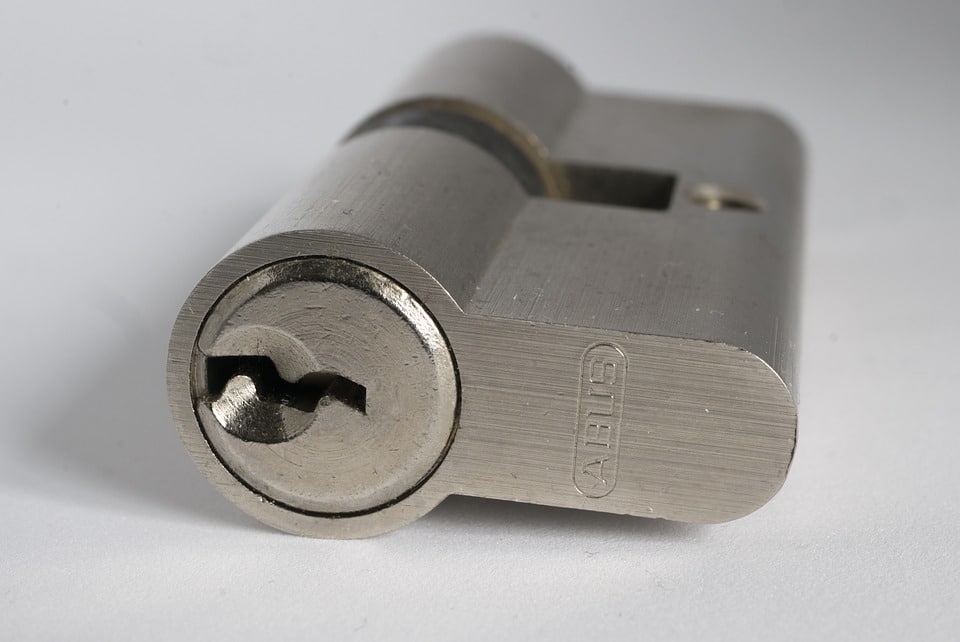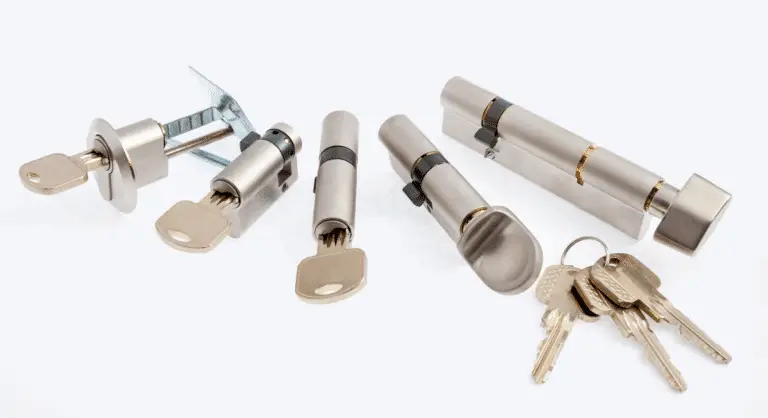Introduction
How To Remove Broken Ignition Lock Cylinder: A broken ignition lock cylinder can be irritating for any car owner. After breaking your key or having a defective ignition system, you must remove and replace the ignition lock cylinder to start your engine.
Despite its initial difficulty, you can save time and money by doing it yourself with the correct tools and knowledge. This article will show you how to safely and effectively remove a broken ignition lock cylinder so you can get back on the road.
A malfunctioning or broken ignition lock code cylinder can quickly turn your daily commute into a frustrating ordeal. Whether you’re stranded with a broken key or accidently snapped it inside the cylinder, fixing the problem is crucial. If you have the necessary equipment and guidance, you can remove a broken ignition lock cylinder without hiring a locksmith or mechanic.

Can I drill out a ignition lock cylinder?
Removing an ignition-lock cylinder is usually only possible with an ignition key. However, you can drill the lock out in just a pinch. This should be your last option since you can permanently damage delicate components behind the cylinder.
Safety First: Ensure that you wear safety goggles and gloves to protect yourself from metal shavings and debris.
Remove the Steering Column Cover: Access the ignition lock cylinder by removing the steering column cover. This step varies between vehicle makes and models, so consult your vehicle’s repair manual for specific instructions.
Locate the Cylinder Pin: Once the cover is removed, locate the ignition lock cylinder pin, which is often a small metal pin securing the cylinder in place.
Drill the Cylinder: Use a power drill with a suitable metal-cutting bit to carefully drill out the cylinder. Begin with a smaller bit and gradually increase the size until the cylinder is weakened enough to remove it.
Do you need a new key when replacing ignition cylinder?
When replacing the ignition switch, you may be able to utilize the normal key from an older model. If your car has a sophisticated security system or a complex technical design, you may require a new key.
Choose a Compatible Cylinder: Ensure that the replacement ignition cylinder is designed to work with your vehicle’s key profile.
Transferring the Key Wafers: In some cases, you may need to transfer the key wafers (the individual key cuts) from the old cylinder to the new one. This process requires care and precision to ensure the key works smoothly.
Reprogramming the Transponder Chip: If your vehicle has a transponder key, consult your vehicle’s repair manual or seek professional assistance to reprogram the transponder chip to work with the new cylinder.
Transponder Chip Programming: In vehicles with transponder keys, you’ll need to ensure that the new ignition cylinder is compatible with the existing transponder chip. If not, you may need to reprogram the chip to match the new cylinder.
Is ignition switch easy to replace?
Replacing the ignition switch yourself requires removing the steering wheel and working near the airbag, which is unsafe. Don’t hesitate to call a professional mechanic if you’re not feeling confident.
Vehicle Make and Model: The ease of replacing the ignition switch can vary significantly depending on the make and model of your vehicle. Some vehicles have easily accessible ignition switches, while others may require more extensive disassembly.
Tools and Equipment: Having the right tools and equipment can greatly impact the ease of the replacement process. Common tools needed include screwdrivers, wrenches, pliers, and possibly a steering wheel puller.
Experience and Skill Level: Your level of experience with automotive repairs can also influence how easy the replacement is for you. If you’re a seasoned DIY enthusiast with a good understanding of your vehicle’s electrical system, the task may be easier.
Access to Documentation: Access to your vehicle’s repair manual or online resources with detailed instructions can make the replacement process smoother and more manageable.
Why can’t I take my key out of the ignition?
Stuck automobile keys usually occur for three reasons: Bent, worn, or broken car keys might get stuck. Wafers in your car’s ignition might bend and shatter, causing a stuck key.
Install the New Switch: Install the new ignition switch in the same position as the old one, ensuring it is securely fastened.
Reconnect Wiring: Reconnect the wiring harnesses and connectors to the new ignition switch following your documentation or labels.
Reassemble: Reassemble the steering column cover and any other components you removed to access the switch.
Reconnect the Battery: Finally, reconnect the vehicle’s battery and test the ignition switch to ensure it functions correctly.
Are cylinder locks easy to pick?
Since the pins are hidden inside the lock, it’s fairly difficult for most people to move the plug without the correct key. But, with a lot of practice, it is possible to solve the puzzle by other means. In the next section, we’ll see how a locksmith goes about picking this sort of lock.
Lock Quality: The quality of a cylinder lock significantly affects its resistance to picking. High-quality locks incorporate advanced security features and materials, making them more challenging to pick.
Lock Complexity: Cylinder locks come in various designs, including single-pin and multi-pin configurations. Multi-pin locks with more pins and complex keyways tend to be more resistant to picking.
Skill Level: The skill and experience of the individual attempting to pick the lock play a crucial role. Skilled locksmiths and professional lock pickers may have an easier time picking low-quality locks.
Tools and Techniques: The choice of lock picking tools and techniques also influences the ease of picking. There are various tools, such as tension wrenches and hook picks, designed for specific types of cylinder locks.
What is a 2 cylinder lock?
The double-cylinder deadbolt has a key-locking mechanism on both sides, unlike the single-cylinder. The lock must be turned both inside and outside the door with a key. These two deadbolts differ mostly in this way.
Double Keyed: 2 cylinder locks require a key to lock or unlock both sides of the door. This implies that even if an attacker breaks a window to get inside, they need a key to unlock the door.
Enhanced Security: 2-cylinder locks are often chosen for their heightened security capabilities. They are particularly suitable for doors leading to the exterior of a building, such as front and back doors, as they provide a stronger deterrent against unauthorized entry.
Key Control: These locks offer greater control over access to a property, as keys are required for both entry and exit. This feature can be advantageous in shared living spaces or commercial settings where security is paramount.
Versatility: 2-cylinder locks are available in various styles and designs, making them suitable for residential, commercial, and industrial applications. They fit wooden, metal, and glass doors.
How much does a new ignition cylinder cost?
The average cost for an Ignition Lock Cylinder Replacement is between $240 and $286. Labor costs are estimated between $71 and $89 while parts are priced between $170 and $196.
Vehicle Make and Model: The make and model of your vehicle are primary factors that influence the cost of an ignition cylinder. High-end or luxury vehicle brands often have more expensive replacement parts.
Type of Ignition Cylinder: The type of ignition cylinder you need can also affect the cost.Electronic ignition systems with security features may cost more to replace than mechanical ignition cylinders.
OEM vs. Aftermarket Parts: You have the option to choose between Original Equipment Manufacturer (OEM) parts and aftermarket parts. OEM components cost more because automobile manufacturers make them to your specifications. Aftermarket parts may be more affordable but may vary in quality and compatibility.
Professional Installation: The cost of installation is an additional factor to consider.Professional installation of the ignition cylinder can cost labor, however some car owners change it themselves.
Can a key ignition drain battery?
“A key fob will constantly try to communicate with the car. Even if the charge is diminished by this amount, Consumer Reports’ road test manager Mike Monticello assures us that a good automobile battery can still get us far.
Turn Off Accessories: Always ensure that all electrical accessories, such as the radio and lights, are turned off when the engine is not running.
Remove the Key: Whenever you park your vehicle and turn off the engine, make it a habit to remove the key from the ignition. This simple step ensures that the ignition system is completely off.
Regular Battery Maintenance: Maintain your vehicle’s battery by checking its health periodically and replacing it when necessary. A healthy battery is less likely to drain quickly.
Use a Battery Tender: If you anticipate leaving your vehicle parked for an extended period without driving it, consider using a battery tender or maintainer to keep the battery charged.

Conclusion
Removing a broken ignition lock cylinder may seem like a daunting task, but armed with the right knowledge and tools, it’s a repair that can be accomplished by many vehicle owners. By following the steps outlined in this guide, you can save time and money, and regain control of your vehicle’s ignition system. Remember to exercise caution throughout the process and refer to your vehicle’s specific repair manual for any unique instructions.
As you finish this repair, be careful, especially when working on your vehicle’s complex ignition system. If you’re unclear or uncomfortable with any step, seek professional help to avoid further damage.
Has equipped you with the knowledge and confidence to tackle the removal of a broken ignition lock cylinder. Follow the steps and prioritize safety to become a more self-sufficient and capable vehicle owner. Practice and experience will help you handle a range of automotive issues and keep your car running smoothly for years.

